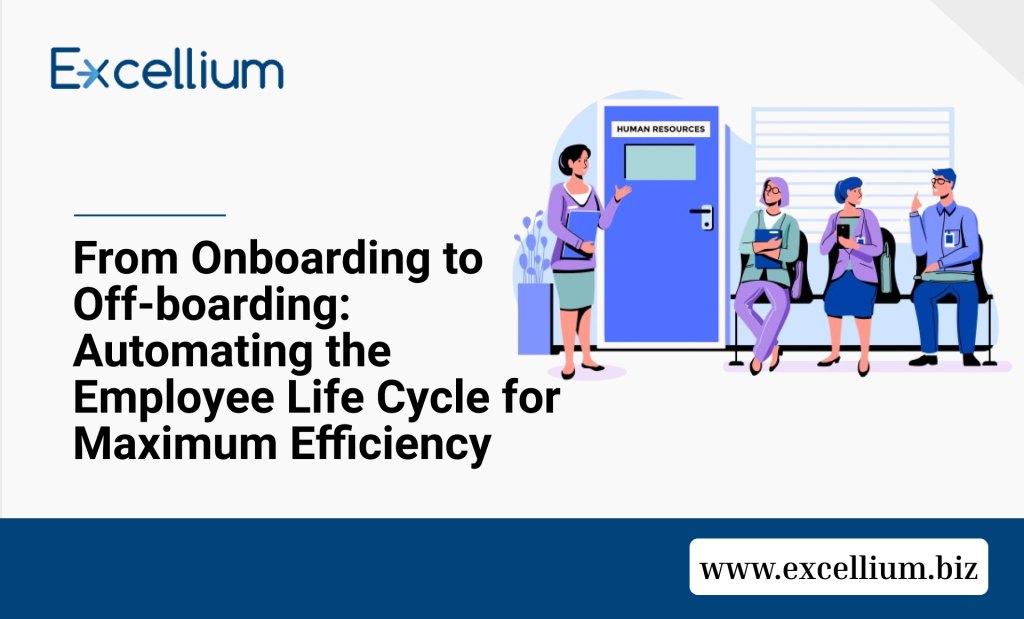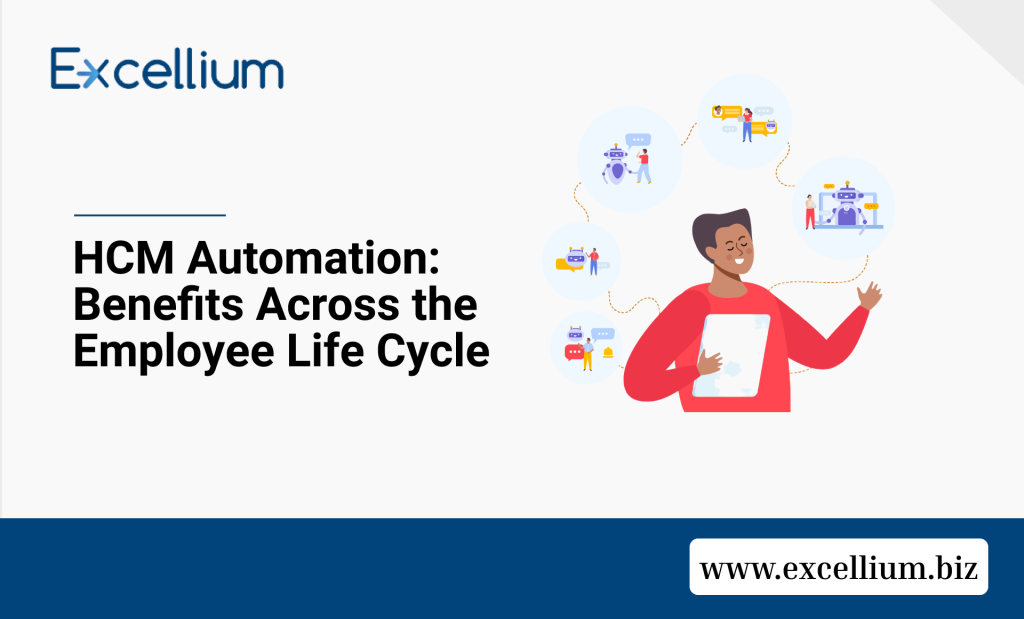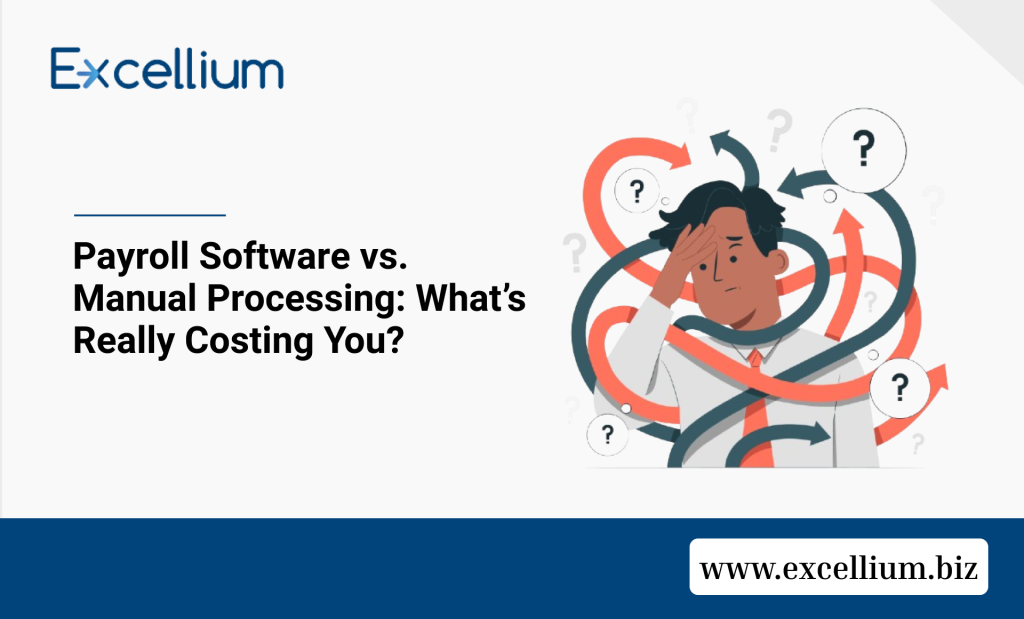From Onboarding to Off-boarding: Automating the Employee Lifecycle for Maximum Efficiency
Refers to the comprehensive strategy of leveraging technology and automated systems to streamline and optimize every stage of an employee’s journey within an organization. This approach aims to reduce manual effort, minimize errors, improve the employee experience, and ultimately boost operational efficiency. Here’s an elaboration on each phase and how automation contributes to maximum efficiency: I. Onboarding: Setting the Stage for Success Onboarding is crucial for integrating new hires into the company culture and ensuring they become productive quickly. Automation here can transform a typically paperwork-heavy, disjointed process into a smooth, engaging experience. Onboarding: Setting the Stage for Success Onboarding is crucial for integrating new hires into the company culture and ensuring they become productive quickly. Automation here can transform a typically paperwork-heavy, disjointed process into a smooth, engaging experience. Manual Challenges: Mountains of forms, chasing signatures, fragmented information, slow access to systems, inconsistent training. Automation for Maximum Efficiency: Pre-boarding Automated Document Generation & Digital Signatures: Offer letters, contracts, tax forms, NDAs, and company policies are automatically generated and sent digitally for e-signatures, eliminating printing, scanning, and mailing. Automated IT Provisioning: Triggers for IT to set up user accounts, email addresses, software licenses, and hardware (laptops, phones) based on role, ensuring everything is ready on day one. Automated Welcome Communications: Personalized welcome emails, pre-boarding checklists, and access to an employee portal with company information, FAQs, and a virtual tour. Automated Task Assignment & Reminders: System automatically assigns tasks to managers (e.g., introduce to team, office tour) and new hires (e.g., complete compliance training, set up direct deposit). Automated Learning Management System (LMS) Integration: New hires automatically enrolled in mandatory compliance training, role-specific courses, and company culture modules. Progress can be tracked automatically. Automated Communication Workflows: Scheduled check-ins via email or chat from HR or managers, providing support and guidance. Benefits of Automation in Onboarding: Reduced Time-to-Productivity: Employees get up to speed faster. Improved Compliance: Ensures all necessary forms are completed and training is delivered. Enhanced Employee Experience: Creates a positive first impression, reducing first-year turnover. Reduced Administrative Burden: HR and managers save significant time on repetitive tasks. Employee Lifecycle Management (Throughout Employment): Fostering Growth and Engagement This phase covers everything from performance management and learning & development to compensation and internal mobility. Automation keeps employees engaged, ensures compliance, and supports their professional growth. Manual Challenges: Disjointed performance reviews, manual tracking of training, outdated employee data, slow processing of leave requests, inconsistent communication. Automation for Maximum Efficiency: Performance Management: Automated Goal Setting & Tracking: Systems allow employees and managers to set, track, and review goals digitally, with automated reminders for check-ins. Automated Performance Review Workflows: Scheduled review cycles, automated notifications to participants (employees, managers, peer reviewers), and digital submission of reviews. Automated Feedback Loops: Tools for continuous feedback, allowing for real-time recognition and constructive criticism. Learning & Development (L&D): Automated Training Assignment & Tracking: Based on role, tenure, or performance gaps, employees are automatically enrolled in relevant courses. Progress and completion are tracked automatically. Personalized Learning Paths: AI-driven recommendations for courses based on career aspirations and skill gaps. Automated Certification Tracking: Reminders for expiring certifications and automated enrollment in renewal courses. Compensation & Benefits: Automated Payroll Process: Seamless data flow from HR to payroll for new hires, terminations, and changes in compensation. Automated Benefits Enrollment & Changes: Employees can self-manage benefits enrollment and changes through an online portal. Automated Leave Management: Employees request leave through a system, managers approve digitally, and balances are automatically updated. Employee Data Management: Self-Service Portals: Employees can update personal information, view payslips, and access company policies, reducing HR inquiries. Automated Data Synchronization: Ensures consistent data across various HR systems (e.g., HRIS, payroll, LMS). Internal Communications: Automated Announcements & Notifications: System-generated alerts for important company news, policy updates, or training opportunities. Automated Employee Surveys: Regular pulse surveys or engagement surveys sent automatically to gather feedback. Benefits of Automation in Employee Lifecycle Management: Increased Employee Engagement: Employees feel more supported and empowered. Improved Data Accuracy: Centralized and updated information. Enhanced Compliance: Ensures adherence to labor laws and company policies. Reduced Administrative Overhead: HR can focus on strategic initiatives rather than transactional tasks. Data-Driven Decisions: Provides insights into employee performance, engagement, and training needs. III. Offboarding: A Smooth Transition Offboarding, while often overlooked, is as crucial as onboarding for maintaining a positive employer brand, ensuring compliance, and protecting company assets. Manual Challenges: Missed tasks, security risks (unreturned equipment, unrevoked access), poor knowledge transfer, negative exit experiences. Automation for Maximum Efficiency: Automated Termination Workflows: Triggered Task Lists: Upon an employee’s resignation or termination, the system automatically generates a comprehensive checklist for various departments (HR, IT, finance, manager). Automated Asset Recovery: Notifications sent to IT to retrieve company equipment (laptops, phones, badges) and remove system access. Automated Knowledge Transfer Prompts: Reminders for employees and managers to document critical processes and transfer knowledge before departure. Automated Final Pay & Benefits Processing: Ensures accurate final paychecks, payout of accrued leave, and information regarding COBRA or other post-employment benefits. Exit Interview & Feedback: Automated Exit Survey Distribution: System automatically sends a digital exit survey to departing employees to gather valuable feedback. Automated Scheduling of Exit Interviews: If preferred, the system can help schedule interviews with HR. Post-Employment Communications: Automated Alumni Network Invitations: If applicable, an automatic invitation to join the company’s alumni network. Automated Confirmation of Employment for Future Reference: Can be automatically generated if requested. Benefits of Automation in Offboarding: Reduced Security Risks: Ensures timely revocation of access and return of assets. Improved Compliance: Guarantees all legal and regulatory requirements are met. Positive Employer Brand: A smooth offboarding process leaves a positive final impression. Valuable Data Collection: Insights from exit interviews can inform future retention strategies. Efficient Knowledge Transfer: Minimizes business disruption. Key Technologies Enabling Automation Across the Lifecycle: Human Resources Information Systems (HRIS) / Human Capital Management (HCM) Suites: Integrated platforms that centralize employee data and often include modules for all lifecycle stages. Applicant Tracking Systems (ATS): Integrates with onboarding for seamless data transfer. Learning Management Systems (LMS): For automated training



